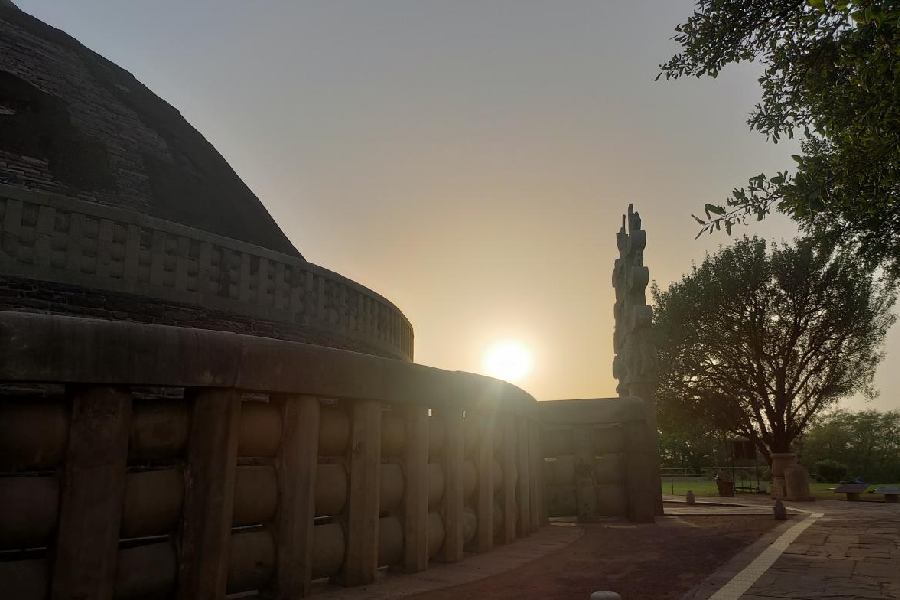The James Webb Space Telescope has discovered six gigantic galaxies that emerged shortly after the Big Bang, a study said, stunning scientists by forming at a speed that upends the current understanding of the early universe.
Since becoming operational last July, the James Webb telescope has been giving insights into the universe's distant reaches. Astronomers on Wednesday said data obtained by the telescope revealed what appear to be six big galaxies as mature as the Milky Way. These galaxies are estimated to have existed about 540 million to 770 million years after the Big Bang.
What did the researchers say?
Lead researcher Ivo Labbe of Australia's Swinburne University of Technology expected to find extremely small galaxies this close to the dawn of the universe, but he found giants.
"While most galaxies in this era are still small and only gradually growing larger over time, there are a few monsters that fast-track to maturity," he said. "Why this is the case or how this would work is unknown."
"This is an astounding discovery and unexpected. We thought that galaxies form over much longer periods of time," said Penn State astrophysicist and study co-author Joel Leja. "No one expected to find these. These galaxy candidates are simply too evolved for our expectations. They seem to have evolved faster than allowed by our standard models."
Leja called them galaxy candidates because further observations were needed to confirm that they all were galaxies rather than another source of light such as a supermassive black hole.
"The exciting part is that even if only some turn out to be massive galaxies, these things are so massive that they alone would upend our measurements of the total mass in stars at this time. It would suggest 10 to 100 times more mass in stars existing at this epoch than expected and would imply that galaxies form way, way faster in the universe than anyone thought."
Dark matter deemed crucial for the formation of galaxies
The galaxies appeared to contain mass equivalent to 10 billion to 100 billion times that of the sun, with the 100 billion times figure being similar to the Milky Way's mass.
Galaxy formation after the Big Bang has been assumed to be dependent on dark matter, an invisible matter that has a gravitational influence on normal matter.
"The leading theory is that an ocean of dark matter filled the early universe after the Big Bang," Labbe said.
"This dark matter, we don't know what it actually is, started out really smooth, with only the tiniest of ripples. These ripples grew over time due to gravity and eventually the dark matter started to collect in concentrated clumps, dragging hydrogen gas along for the ride. It's that hydrogen gas that will eventually turn into stars. Clumps of dark matter, gas and stars is what we call a galaxy," Labbe added.
"Their explosion set off the chain of events that formed subsequent generations of stars," Labbe said.
"Webb continues to amaze and surprise us," Labbe added. "So yes, the early universe was a lot richer and a lot more diverse — monsters and dragons. And the curtain is still being lifted."











